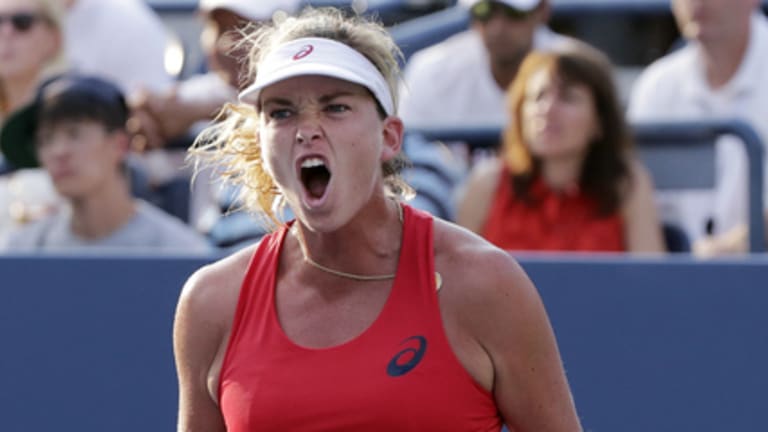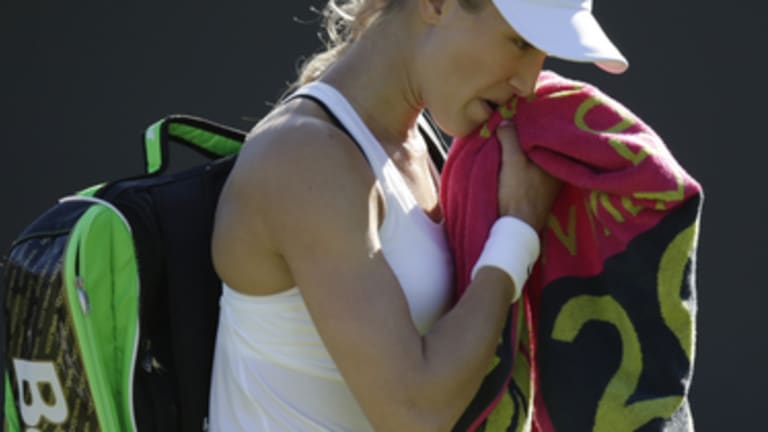The game of coaching musical chairs may have hit its peak over the past 12 months. Last week, Grigor Dimitrov—who had been coached by Roger Rasheed, the former coach of Gael Monfils—announced that he would begin working with Franco Davin, Juan Martin del Potro’s former coach. Garbine Muguruza just hired Sam Sumyk, who previously guided Victoria Azarenka to two Grand Slam titles and also recently stopped working with Eugenie Bouchard—who had moved on from Nick Saviano after her breakthrough 2014 season. Saviano, it should be said, was promptly scooped up by Sloane Stephens. And we can’t forget Wim Fissette, who coached Simona Halep in 2014 but is now with Azarenka.
Got all that?
But amidst all the firings and hirings are some winning partnerships. One of the most successful has been Serena Williams and Patrick Mouratoglou. Serena hired Mouratoglou in 2012 after a shocking first-round loss at the French Open. Williams has won eight of 14 Grand Slams since then. The respect that Mouratoglou has for his star player is impossible to miss.
“I know there are things that come to her mind,” Mouratoglou told Sports Illustrated earlier this year. “And when they do, they make her incredible. There are things you can and can’t explain.”
What makes Williams and Mouratoglou such a potent team may be difficult for anyone outside their circle to define, but other success stories have simpler explanations. Craig Kardon is another esteemed coach with a wealth of experience; he’s worked with Martina Navratilova, Mary Pierce, Lindsay Davenport, Ana Ivanovic and John Isner. His latest stint is with CoCo Vandeweghe, which began at this year’s French Open.

